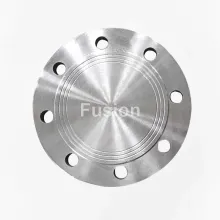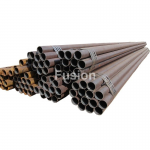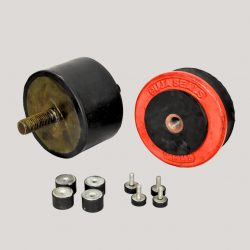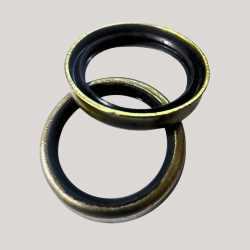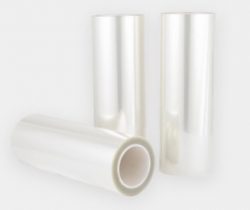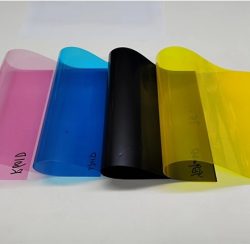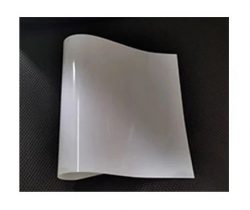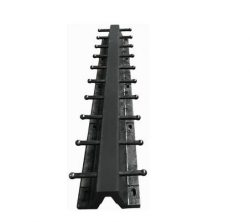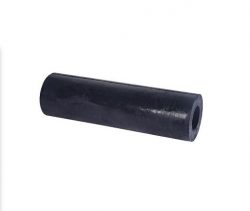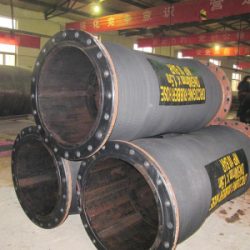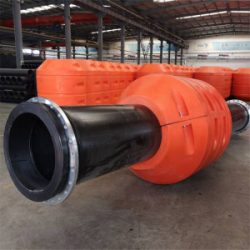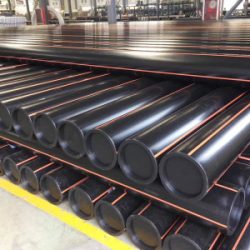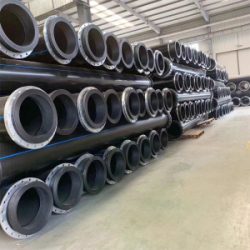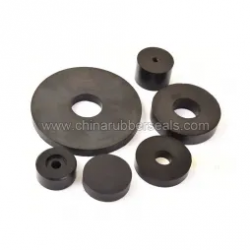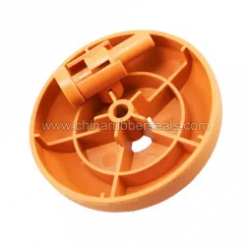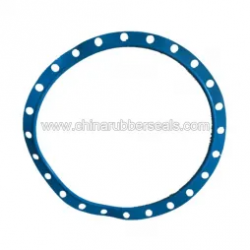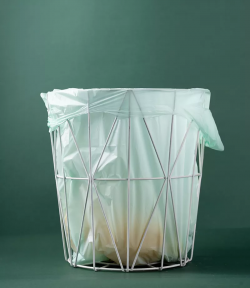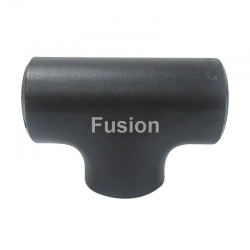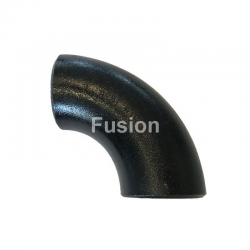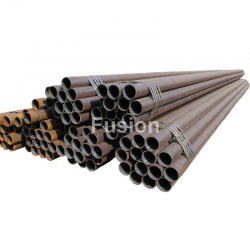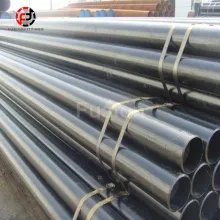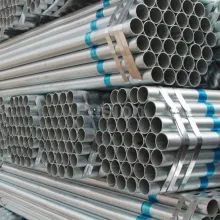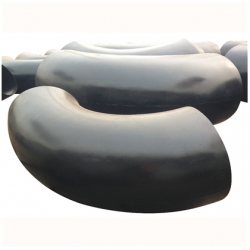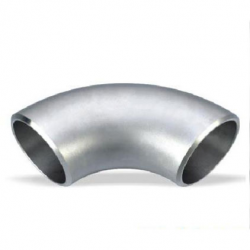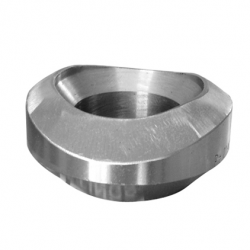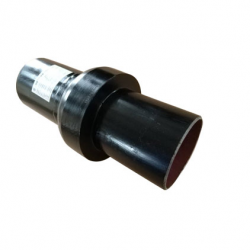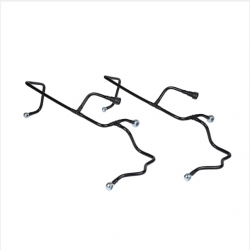Blind Flange
What is a blind flange?
A blind flange is a solid disc that is used to block a pipe or form a stop. Similar to a regular flange, a blind flange has mounting holes at the perimeter and gasket sealing rings machined into the mating surface. the blind flange has the face thickness of a flange, matching face type and a similar bolting pattern.
Blind flanges are typically used to enclose the end of a pipe. They are also used for similar valve and pressure vessel openings. Because they are usually located at the end of a system, these flanges are usually among the highest stress flange types. tapped blind flange is only suitable for low-pressure systems where there is no thermal cycling that could cause thread loosening. Threaded pipe flanges are equipped with a tapered female thread into which the pipe can be screwed. tapped blind flange can be used in areas where thermal processing (welding, burning and grinding) is not desired.
Flange Materials.
Carbon Steel – ASTM/ASME SA-105, A-350 LF-2, LF-3, A694, SA-516-70
Stainless Steel – A-182 – F-304, 304L, 316, 316L, 309, 310, 317L, 321, 347, Alloy 20
In specifications of past decades, including B16.1 and other industry standard cast steel requirements, blind flanges typically contain a slight groove in the center portion of the convex face. This recess allows the pipe end to fit into the connection flange and allows a seal to be formed between this connection flange and the blind. Larger OD blind flanges have opted for a concave recess through the body of the shutter to create a disc-shaped head structure at the top of the flange. Because older cast iron specifications are relatively obsolete, these styles are not used to make most blind flanges. Instead, choose a modern blind flange with or without a hub.
Fusion Fittings offers threaded pipe flanges in A105N, A105, SS316, SS304, and A20, high-yield nickel alloys. Email [email protected] for all your flange purchasing needs.
